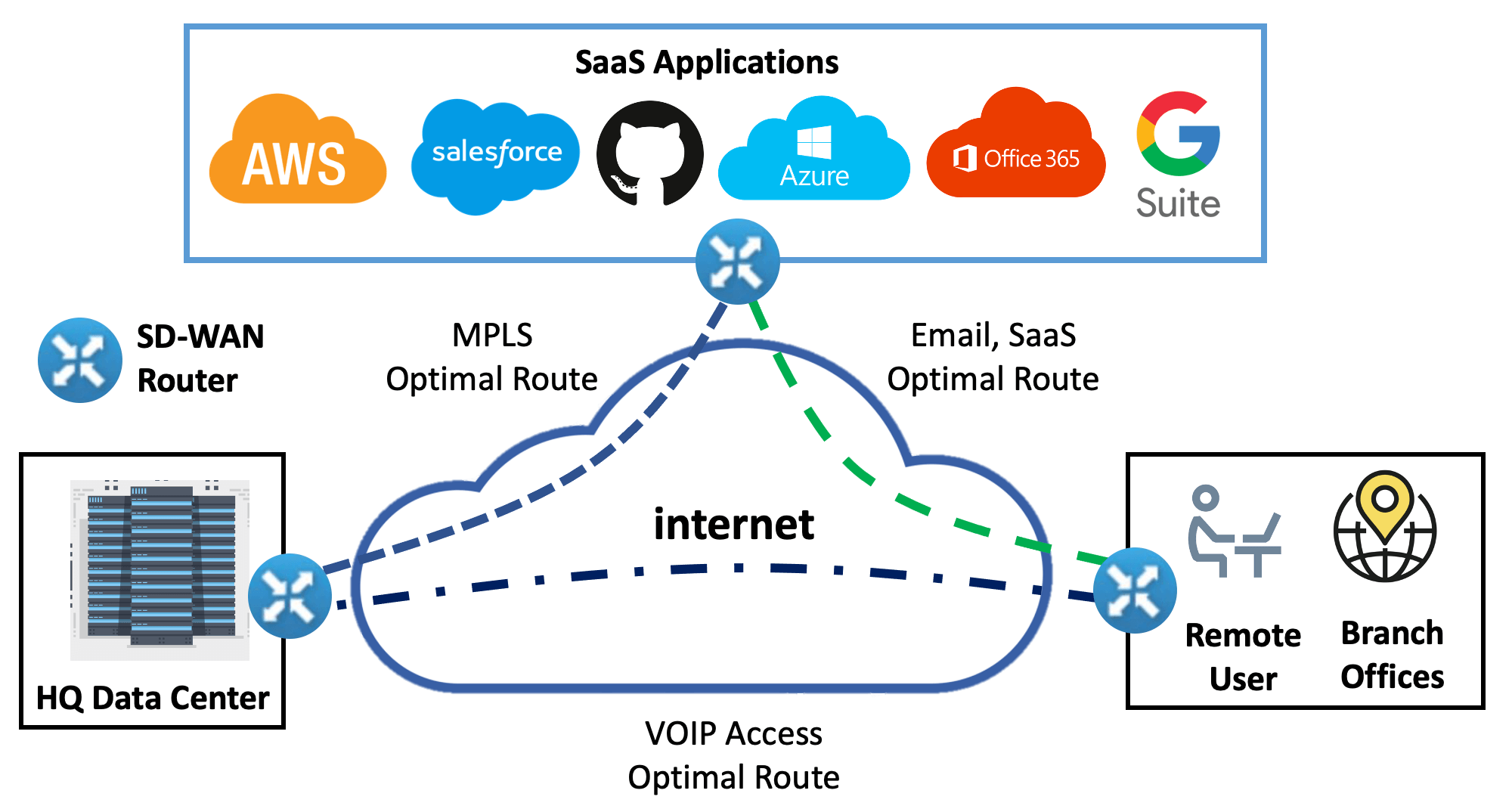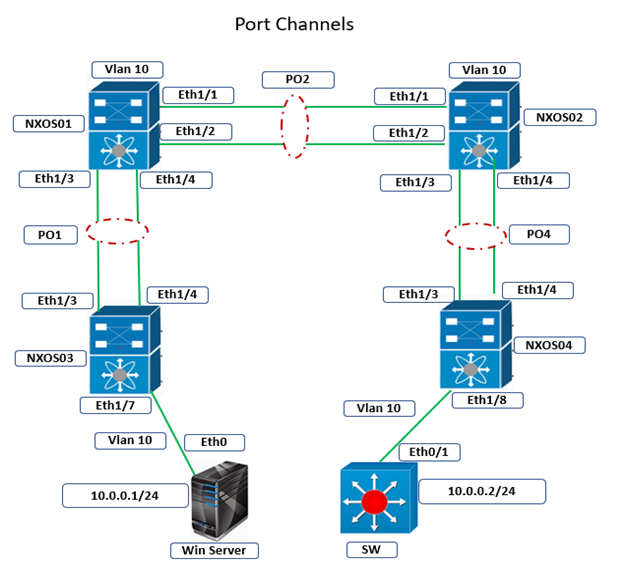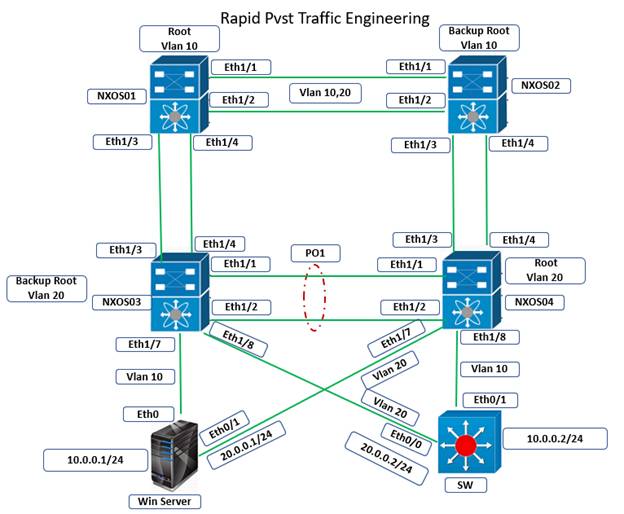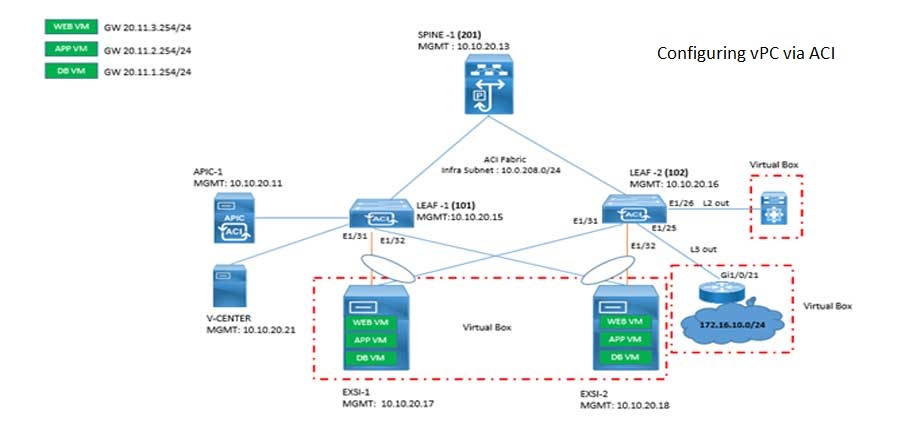
Cisco SD-WAN is a relatively new technology that has transformed the way in which enterprise WAN network used to operate infrastructure in the past.
The software defined WAN technology has accepted and deployed by many organizations. Now it has a significant role in designing, deploying and managing their WAN network infrastructure through automation.
In this article I will explore on how Cisco SD-WAN has changed the enterprise WAN network infrastructure and why network engineers should learn this technology.
Traditional WAN networks are complex and expensive to deploy and manage. They typically use a hub-and-spoke architecture where branch offices connect to a central data center.
This network architecture design used to require relatively more devices resulting which in a significant amount of network traffic being backhauled to the central data center and leading to network congestion and slow application performance.
The organizations which use cloud-based application, these mentioned issues become more problematic.
Cisco SD-WAN addresses these challenges by leveraging software-defined networking (SDN) principles to create a virtual overlay network that separates the control and data planes.
The SD-WAN is an efficient and a cost effective solution wherein minimum number of network engineers can handle a large WAN infrastructure because troubleshooting, monitoring and implementation happens from a centralized controller. It also ensures high performance and security.
On the key benefit of Cisco SD-WAN is that it offers a reliable and secure network infrastructure.
It uses multiple types of WAN links such as broadband, LTE, or MPLS etc. available on the router to create an underlying hybrid network for dynamically route traffic based on network conditions.
This means that if one link fails, traffic is automatically rerouted to the next best available link, ensuring that applications continue to function as expected. This is not available in traditional WAN, that only rely on same type of link like MPLS.
Cisco SD-WAN provides an another benefit which is to have better control over network traffic. The technology uses a centralized management platform called vManage that allows network engineers to configure and monitor their WAN networks from a single dashboard which means they can view the network and take decisions to make adjustments as needed to optimize performance and ensure security.

Implementation of Cisco SD-WAN also improves the performance of cloud-based applications and services. The technology uses intelligent routing to dynamically route traffic based on the application type, ensuring that critical applications are prioritized over less important ones. This means that enterprises can offer a better user experience for their employees, customers and other irrespective of their location.
Another significant benefit of Cisco SD-WAN is its ability to simplify network management. The technology uses zero-touch provisioning to automate the deployment of new sites, reducing the time and cost involved in setting up new locations. This means that network engineers can focus on more strategic initiatives rather than spending their time on manual configuration tasks.
So why should network engineers learn Cisco SD-WAN technology? The answer is simple: the technology is rapidly becoming the standard for enterprise WAN networks. By learning Cisco SD-WAN, network engineers can position themselves as experts in this rapidly growing field, which can lead to new job opportunities and higher salaries.
Additionally, Cisco SD-WAN provides network engineers with a more efficient and effective way to manage WAN networks. Due to significantly improvement in the network management processes, allowing network engineers to be more productive and focus on higher-value tasks.
Finally, Cisco SD-WAN is an exciting technology that is constantly evolving. By learning this technology, network engineers can stay at the forefront of network innovation and help their organizations leverage the latest networking technologies to improve their business operations.
In conclusion, Cisco SD-WAN has changed the enterprise WAN network infrastructure by providing a more reliable, resilient, and cost-effective network solution. Network engineers should learn this technology to position themselves as experts in this rapidly growing field, simplify network management, and stay at the forefront of network innovation.
Comments (1)
Categories
Popular posts


Cisco Nexus Port Channel: Configuring ...
6 May 2024
Configure Rapid PVST on Cisco Nexus
26 Apr 2024
Palo Alto Exam Cost: PCNSA, PCNSE & More
27 Apr 2024
Cisco ACI VPC Configuration Task Steps
28 Apr 2024Recent posts

How to Become a Network Engineer
8 May 2024Mac Address Flooding: Learning & Aging
7 May 2024
Cisco Port Channel Configuration: Steps
6 May 2024
Cisco Nexus Port Channel: Configuring ...
6 May 2024




Now SD-WAN solution has been widely accepted globally. Organizations have already been deployed or in the process of migrating to SD-WAN. Top vendor of SD-WAN is Cisco, Silverpeak, Fortigate and Palo Alto Prime are some of them etc.